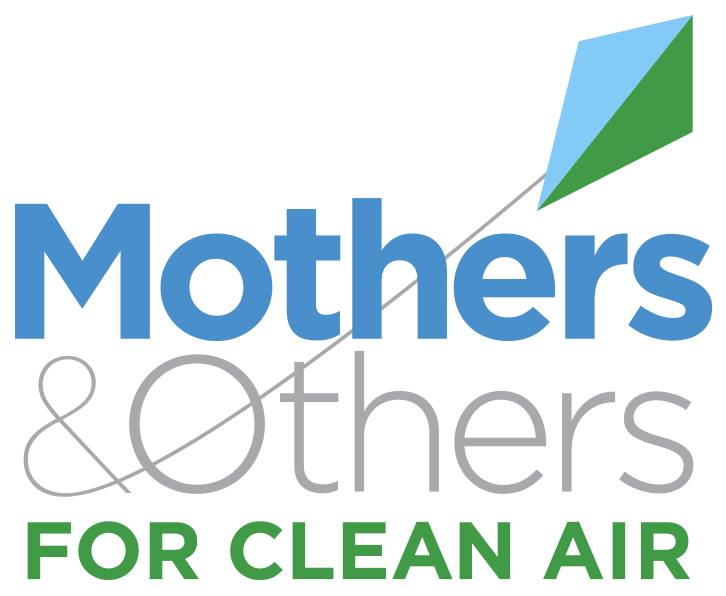Background
Adverse birth outcomes such as low birth weight and premature birth have been previously linked with exposure to ambient air pollution. Most studies relied on a limited number of monitors in the region of interest, which can introduce exposure error or restrict the analysis to persons living near a monitor, which reduces sample size and generalizability and may create selection bias.
Methods
We evaluated the relationship between premature birth and birth weight with exposure to ambient particulate matter (PM2.5) levels during pregnancy in Massachusetts for a 9-year period (2000–2008). Building on a novel method we developed for predicting daily PM2.5 at the spatial resolution of a 10x10km grid across New-England, we estimated the average exposure during 30 and 90 days prior to birth as well as the full pregnancy period for each mother. We used linear and logistic mixed models to estimate the association between PM2.5 exposure and birth weight (among full term births) and PM2.5 exposure and preterm birth adjusting for infant sex, maternal age, maternal race, mean income, maternal education level, prenatal care, gestational age, maternal smoking, percent of open space near mothers residence, average traffic density and mothers health.
Results
Birth weight was negatively associated with PM2.5 across all tested periods. For example, a 10 μg/m3 increase of PM2.5 exposure during the entire pregnancy was significantly associated with a decrease of 13.80 g [95% confidence interval (CI) = −21.10, -6.05] in birth weight after controlling for other factors, including traffic exposure. The odds ratio for a premature birth was 1.06 (95% confidence interval (CI) = 1.01–1.13) for each 10 μg/m3 increase of PM2.5 exposure during the entire pregnancy period.
Conclusions
The presented study suggests that exposure to PM2.5 during the last month of pregnancy contributes to risks for lower birth weight and preterm birth in infants.
Published Jun 18, 2012
Kloog, I., Melly, S.J., Ridgway, W.L. et al. Using new satellite based exposure methods to study the association between pregnancy pm2.5 exposure, premature birth and birth weight in Massachusetts. Environ Health 11, 40 (2012). https://doi.org/10.1186/1476-069X-11-40
